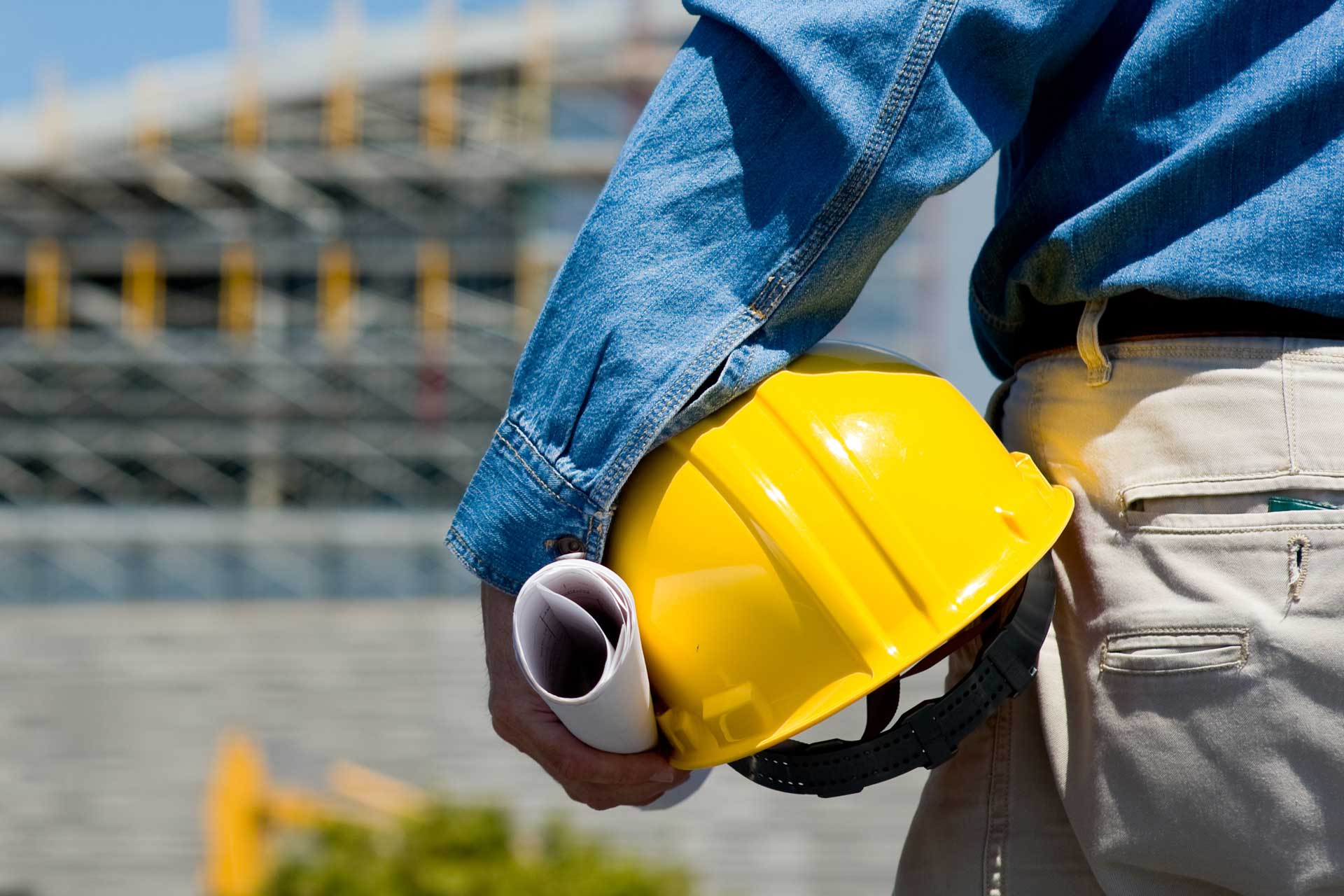
Last updated on December 9th, 2022
What the introduction of the Intranet did for retail, the Inflation Reduction Act (IRA) – combined with the Infrastructure Investment and Jobs Act (IIJA) – will do for construction, fundamentally changing every aspect of the industry as we know it.
IIJA laid the groundwork for what some are calling the next industrial revolution. As we noted earlier this year in our thought leadership article, Hudson Valley Construction: Get Ready to Get Building (Marchione, 2022), “The $1.2 trillion law has money for everything from roads, bridges, railways, and highways to clean water, a stronger power grid, internet, climate change, and more. It includes 375 programs, of which 125 are new. Of the $1.2 trillion budget, $550 is new spending. There’s also $650 billion in previously authorized funding for roads and other infrastructure.”
We followed that up with Prepare for the Infrastructure Construction Boom (Marchione, 2022), which included these tips: “For those in the construction industry, it’s a good time to become acquainted with the White House guidebook; raise your hand and let government representatives know if there are particular areas of interest to you; examine staffing and training needs for your organization, and consider whether you should be partnering with other firms.
When we wrote those articles, the IRA didn’t even exist. Now that it does, we still stand behind our initial thoughts and recommendations, but we also believe there’s a much bigger picture to consider.
There’s sort of a peer pressure aspect to the Act. While there are incentives targeting construction, there are also incentives for other industries that will ultimately impact how construction gets done.
For example, look at how the IRA impacts manufacturing. There are incentives for the creation of cleaner processes and materials that will be used in construction (i.e., paving materials). The same incentivization is true for the energy industry, public transportation, the automobile and heavy equipment industries, Internet and communication industries, and more. So, even if you were planning on taking advantage of the upcoming building boom based on the status quo, the “peer pressure” from other industries may give you no choice but to start transforming the way you do construction.
Going back to continue with our manufacturing example, to maximize IRA opportunities, let’s imagine manufacturers start shifting from the production of current construction materials to greener/cleaner/more sustainable ones, which will impact construction project planning (Strupp, 2022), sourcing, and procurement (especially given Buy American provisions). Everything from doors, windows, ductwork, insulation, wiring, heating and cooling systems, electric panels, paving materials and more will likely change.
Employees will have to be trained on using the new materials. Prevailing wage requirements under IIJA and the IRA will likely come into play. The equipment you use to get work done – from vehicles to handhelds – may have to be modified or updated to handle new materials. (It will be a good time to take advantage of the first federal tax credits (Electrification Coalition, 2022) for commercial EVs). No doubt, that’s just the tip of the ice burg.
So, as you consider how your business may benefit from IIJA and the IRA, also consider how it will have to change. Whether that change starts now or will be eventually driven by transformation in other industries is up to you. In the meantime, if you need any assistance with accounting, audits, and/or taxes, RBT CPAs – the largest CPA firm in the Hudson Valley – is here to help. Give us a call today.
